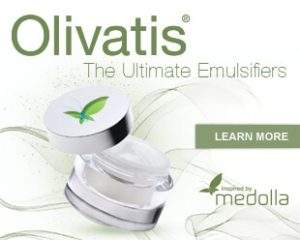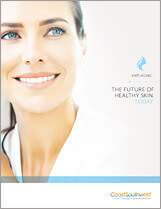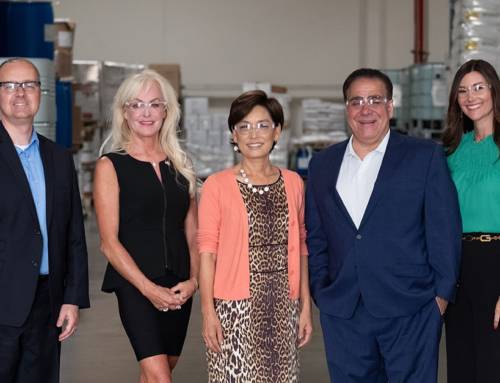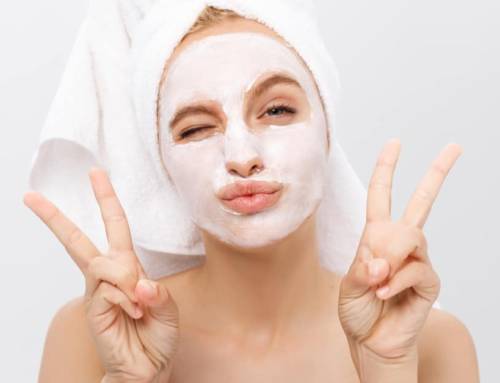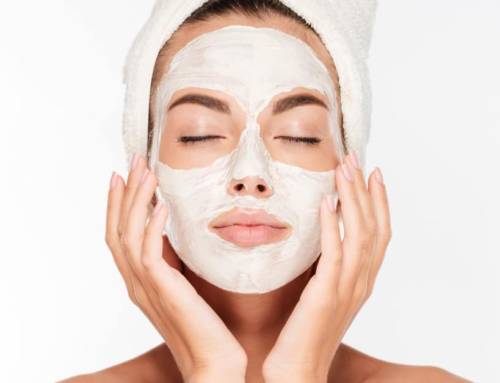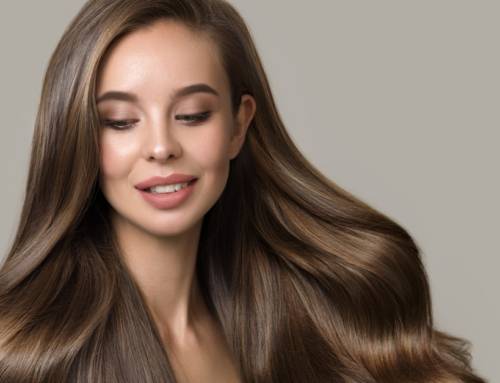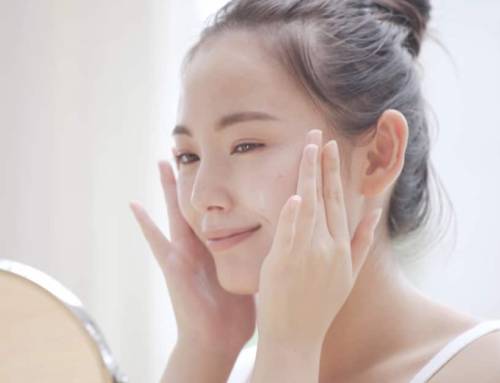Why Do Consumers Care About Sustainability in Skincare?
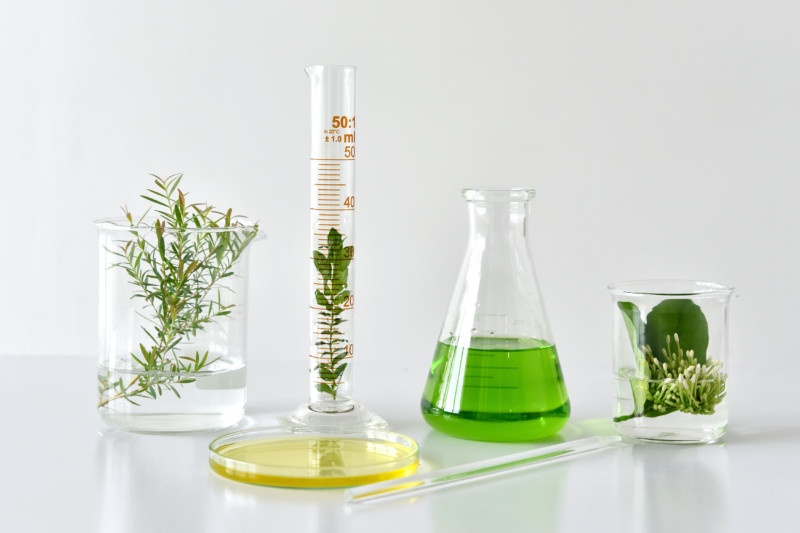
Consumers are more concerned than ever about the environmental impact of their purchases, but especially in regards to beauty, skincare, and personal care products. Clean beauty is projected to generate $25 billion USD by 2025, according to Grand View Research, and consumers are leaning into labels like green, eco-friendly, and clean more than ever before.
As Gen Z’ers lead the charge on green, clean beauty, the future of skincare and personal care looks more sustainable than ever. Three big ways the industry is predicted to change? With a focus on more sustainable packaging, the creation of more multi-use products, and an emphasis on innovative formulations that harness the powers of plants, fruits, and botanical extracts.
Packaging problems
Containers and packaging are a giant slice of solid waste created in the United States: 77.9 million tons of packaging waste was generated in 2015 alone, according to the Environmental Protection Agency. Even worse? More than 120 billion units of packaging is produced by the global cosmetics industry every year.
Many point the blame on this excess of cosmetic container waste to “luxurious packaging,” or the multiple layers of wrapping and plastic around products, to denote high quality to consumers. However, with consumer and industry attitudes shifting to a more “green is chic” mindset, the latest signifier of skincare and personal care might actually be package-less, or more eco-friendly, recyclable packaging.
“Making sustainability synonymous with luxury is an opportunity, and it’s something we’re starting to see in fashion,” dermatologist Elizabeth Mullans told The New York Times. “Invest in something that’s worthy of your time and money.”
The future of prestige and high-end skincare and personal care will take a turn from heavy plastic packaging to package-free items, like lotion and shampoo bars, and refillable glass and metal containers that could hold product for many uses.
Workhorse products
The past few years have seen an explosion of single-use beauty products like sheet masks, cleansing wipes, and zit stickers or “pimple patches.” While consumers love the targeted effects of these products, many single use products wind up in the trash, along with their subsequent plastic packaging.
Aside from the negative environmental impact of these single-use items, many skincare experts also worry that the proliferation of innovative items actually lead consumers to overuse products – and ultimately harm their skin.
Inaccurate mixing and matching of skincare products, each with varying active ingredients, can cause irritation, redness, dryness, or even cancel each other out, negating any positive effects a mask or patch could have.
To remedy the environmental impact of single-use beauty products, many experts predict a revitalization of workhorse skincare formulations that can tackle a multitude of problems. And one of the best workhorse ingredients around? Glycolic acid, an effective agent for combatting dry skin, uneven tone, acne, and visible signs of aging.
For environmentally friendly skincare formulations, single-use will start to go by the wayside, and multi-use products will be back in.
Many skincare experts worry the proliferation of innovative items actually lead consumers to overuse products
Lorem ipsum dolor sit amet, consectetur adipiscing elit, sed do eiusmod tempor incididunt ut labore et dolore magna aliqua. Ut enim ad minim veniam, quis nostrud exercitation ullamco laboris nisi ut aliquip ex ea commodo consequat. Duis aute irure dolor in reprehenderit in voluptate velit esse cillum dolore eu fugiat nulla pariatur. Excepteur sint occaecat cupidatat non proident, sunt in culpa qui officia deserunt mollit anim id est laborum.
Changes to formulations
Clean beauty, or products formulated “without” are in hot demand from consumers, and this desire will lead to exciting changes to formulations. Some predictions experts have? More waterless formulations, with more emphasis on the powers of natural ingredients.
Anhydrous products tick off many boxes for consumers and formulators. Water-free products can have a higher potency and last longer on the shelf, and also conserve overall water usage during the manufacturing process. Additionally, instead of water, anhydrous products are more likely to use oils or plant extracts in place of water, which delights natural, green-leaning consumers.
When water disappears from the ingredients list, botanical extracts and oils are used as the base instead. “These extracts and oils are full of vitamins and antioxidants that work to penetrate each layer of your skin more intensely in order to repair damaged skin, hydrate and revitalize your complexion, and fortify the protective barriers on the skin meant to prevent further damage and faster aging,” Christine Chang, co-founder of Glow Recipe, told Brydie.
For consumers seeking out trendy, environmentally friendly, and effective products, waterless formulations that focus on the natural benefits of plants will be especially exciting in the new decade.
The future is getting greener
The future of skincare, personal care, and beauty products is headed towards products with less environmental impact, but delivering the same great, science-backed results consumers crave. Formulators can tap into this consumer attitude shift towards sustainability with more minimal packaging, a focus on workhorse products and ingredients like glycolic acid, and innovative formulations that utilize the power of plants to deliver the results consumers want.

